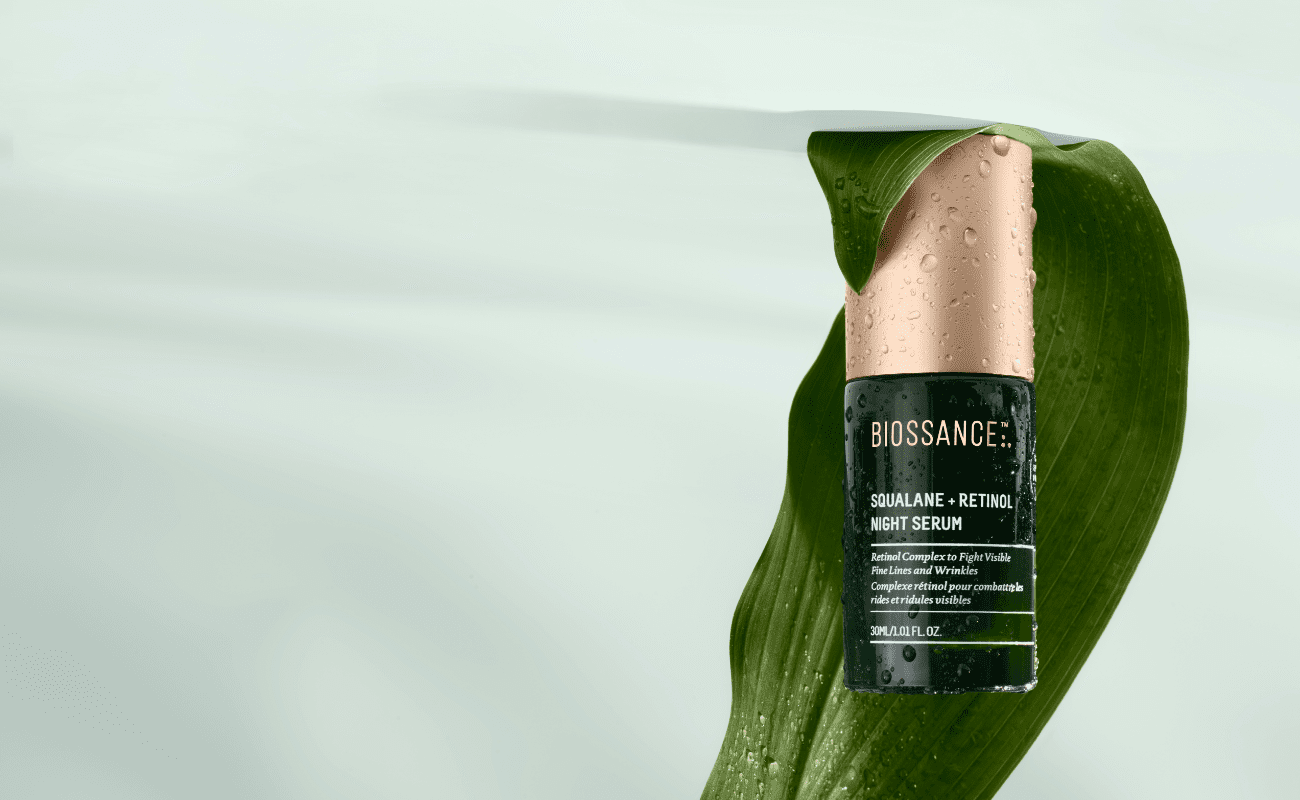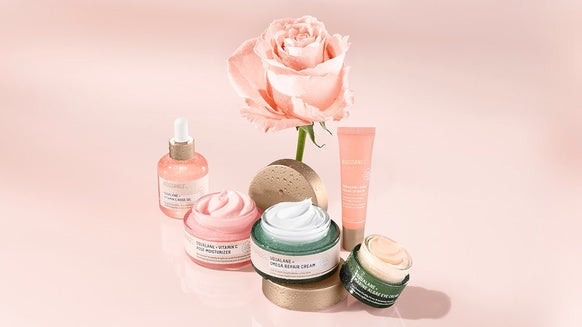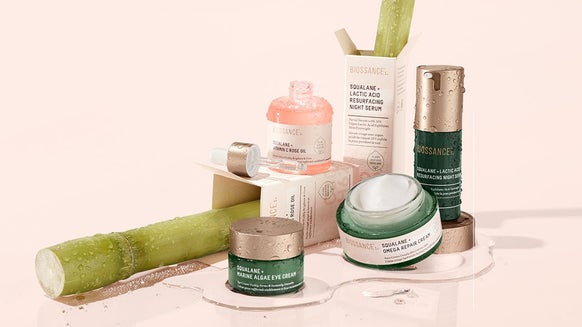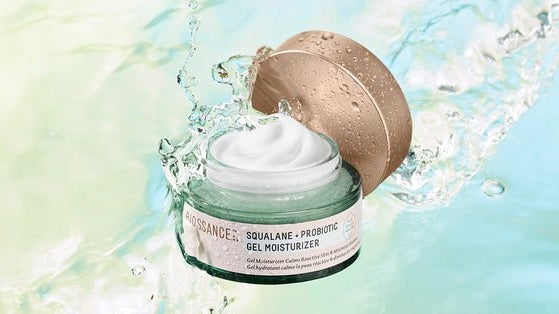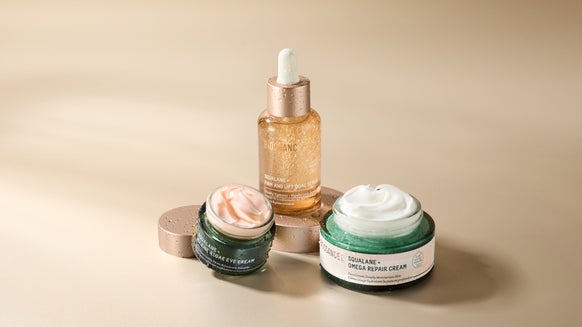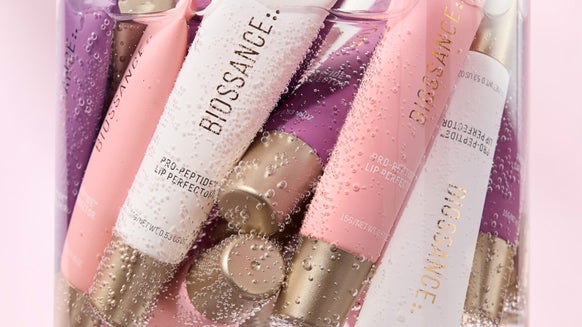Properly layering a retinol serum with other skincare can make retinoids more effective. But as important as it is, it can be hard to remember when to apply retinol and which ingredients to avoid when using it.That’s why we’ve created this complete guide to layering Squalane + Retinol Night Serum. Read on for targeted skincare routines that address common concerns including sensitivity, wrinkles, skin texture, and pore size.
Shop Squalane + Retinol Night Serum5 Rules Of Thumb For Layering Squalane + Retinol Night Serum
A few universal rules apply when using retinol regardless of your skin type or concern:- Only use retinoids at night, as they can cause sun sensitivity. (And be sure to use SPF the morning after as part of your daily routine.)
- Beware of using multiple actives together, as this may run the risk of increased sensitivity. Specifically, we recommend against using retinol with products containing pure Vitamin C (L-Ascorbic Acid), or alpha hydroxy acids such as glycolic or lactic acid.
- When layering with Biossance products, you only need one serum per routine. It’s not necessary to layer or cocktail your serum.
- You don’t need to use retinoids every night to see results. This is especially true when using powerful retinoids such as the retinol and retinal in our Squalane + Retinol Night Serum.
- Introduce retinoids gradually, beginning with a pea-sized amount one or two times a week, then working up to three to four times weekly.
Should I Use Retinol Before Or After Moisturizer?
When it comes to layering retinol serums, one of the most common questions is whether you should use retinol before or after moisturizer. The answer: it depends on your skin type.If you have sensitive skin, you may also want to “buffer” sensitive or thin-skinned areas with a moisturizer or eye cream before applying the retinol. Targeting areas around the eyes, nostrils and mouth with a thin layer of moisturizer before using retinol can help prevent irritation.
Regardless of your skin type - and even if you buffered beforehand - you should always follow our Squalane + Retinol Night Serum with a moisturizer, and use sunscreen the following morning.Our Recommended Retinol Layering Guide
If you’re new to retinol and don’t have sensitive skin, we recommend following this layering guide to start. Begin by using our retinol serum once or twice a week, gradually working up to three or four nights weekly. Once your skin has fully acclimated, you can move on to the targeted guides below.Step One: At night, cleanse with our Squalane + Antioxidant Cleansing Oil. Pat Dry.
Step Two: Using your ring finger, tap a small amount of Squalane + Marine Algae Eye Cream onto the ocular bone beneath your eye.
Step Three: Apply a pea-sized amount of Squalane + Retinol Night Serum.
Step Four: Moisturize with Squalane + Omega Barrier Repair Cream.
Optional: Cocktail a drop or two of Squalane + Vitamin C Rose Oil into your cream for additional moisture and glow.
The next morning: Repeat steps one, two, and four. Then protect your skin with our reef-safe Squalane + Zinc Sheer Mineral Sunscreen.Layering Retinol For Sensitive Skin
We’ve reimagined retinol to minimize irritation, making it safe for sensitive skin when used properly. If you’re using retinol on sensitive skin, we recommend using our Squalane + Retinol Night Serum every other weeknight. On weekends and off nights, incorporate Squalane + Copper Peptide Rapid Plumping Serum as step three in your routine.
Our copper peptide serum draws in moisture to flood skin with continuous hydration, instantly plumping your skin and helping it recover from the previous night’s retinol use.How To Use Retinol To Target Dark Spots, Aging, And Dehydration
Retinol works by changing skin on a cellular level, improving the look of hyperpigmentation from the inside out by increasing the rate of cell turnover. Not only does this help improve the look of dark spots, wrinkles, and fine lines, it uncovers a fresh layer of skin cells. Drench these baby cells in moisture for smoother, more deeply hydrated skin by alternating evening retinol use with Squalane + Copper Peptide Rapid Plumping Serum as step three in your routine.
In the mornings, you can further improve the look of dark spots, pigmentation, and wrinkles with our Squalane + Vitamin C Dark Spot Serum as step three in your routine, and by using our Squalane + Vitamin C Rose Oil both day and night.
Shop Squalane + Vitamin C Dark Spot SerumShop Squalane + Vitamin C Rose OilLayering Retinol And Vitamin C
Earlier, we mentioned that using actives - including Vitamin C - with retinol can cause irritation. Our Squalane + Vitamin C Rose Oil is safe to use together with retinol because it contains Tetrahexyldecyl Ascorbate, a uniquely gentle oil form of Vitamin C that works to powerfully improve the look of discoloration and improve skin elasticity and firmness.
Tetrahexyldecyl Ascorbate is the only form of Vitamin C we recommend using at the same time as retinoids. Shop Squalane + Vitamin C Rose OilUsing Retinol To Improve Skin Texture, Wrinkles, And Congested Pores
If you have oily or combination skin, retinol can help you achieve the look of clear, even-textured skin while also improving the appearance of wrinkles and fine lines. It’s truly a game-changer if you suffer from congested pores or adult acne, especially when you alternate evening use with our Squalane + Lactic Acid Resurfacing Night Serum.
In the mornings, you can further improve the look of post-inflammatory hyperpigmentation (aka those dark spots blemishes leave behind) by incorporating our vitamin c products into your layered skincare routine as described above.Shop Squalane + Vitamin C Dark Spot SerumShop Squalane + Vitamin C Rose OilLayering Retinol And Lactic Acid
As we mentioned earlier, we strongly recommend against using retinol at the same time as lactic acid, or any other alpha hydroxy acid, such as glycolic. AHAs work by chemically exfoliating skin, dissolving the top layer of dead skin cells to reveal smoother, brighter skin below. And as we mentioned earlier, retinol works by speeding up cell turnover. When you ask your skin to do both of those things at once, you risk exposing sensitive, immature skin cells and causing redness and irritation. That’s why we recommend using our Squalane + Lactic Acid Resurfacing Night Serum only on the evenings you don’t use retinol. Our serum includes 10% lactic acid to deeply - but gently - resurface the skin, providing additional improvement in the look of skin texture, wrinkles, pore size, and congested pores.
Shop Squalane + Lactic Acid Resurfacing Night SerumWant to learn even more about retinol? Check out our in-depth blog post with everything you need to know about our most innovative serum yet.Better yet, add Squalane + Retinol Night Serum to your shopping cart and experience the difference for yourself. 